Advanced Search
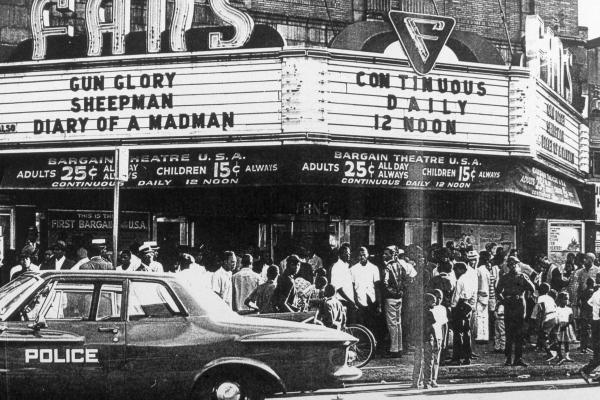
Fans Theater advertises two second-run westerns, Gun Glory (1957) and The Sheepman (1958). Diary of a Madman, staring Vincent Price, first ran in theaters in 1963.
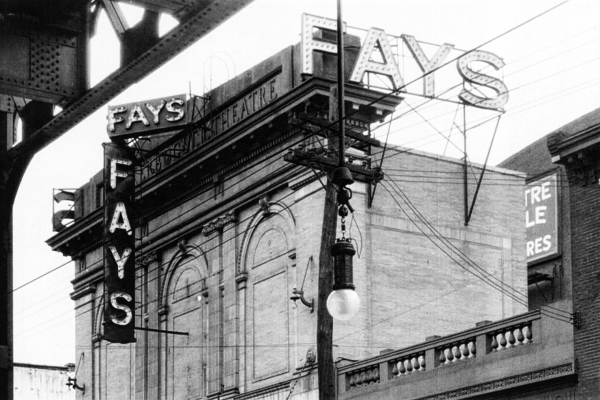
The small theater at 40th and Market Streets was most well-known as Fay's but it began it's life as the Knickerbocker Theatre.
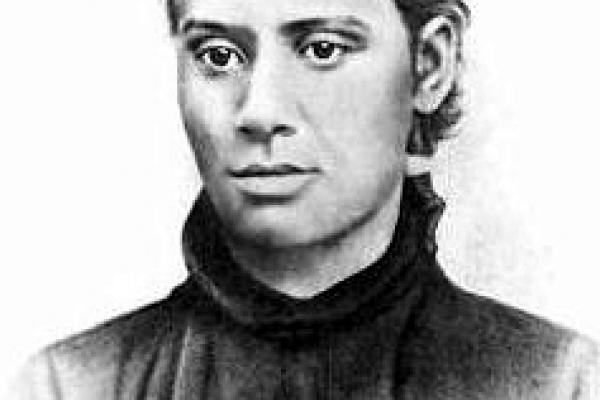
Paul Robeson’s mother, Maria Louisa Bustill Robeson (1853–1904), a descendant of free Blacks. Maria married William Robeson in 1878. They had seven children, the youngest of whom was Paul Leroy Robeson, born in 1898. Maria was a former teacher of black children. Nearly blind from cataracts, she died from burns received in a kitchen fire in 1904.
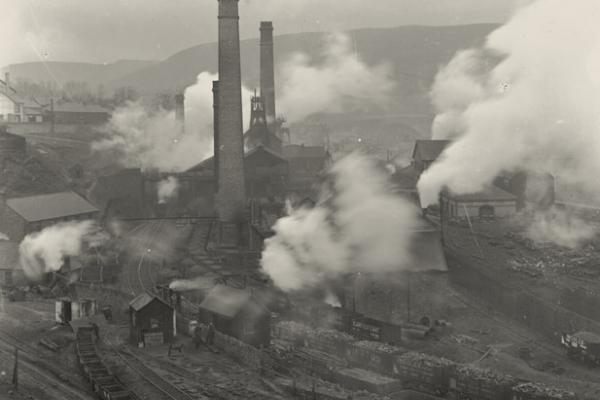
The Proud Valley, which premiered in 1939, featured the beleaguered miners of South Wales’s Rhondda Valley as actors alongside Paul Robeson. Robeson’s relationship with the Rhondda Valley dated to the winter of 1929 when he provided relief funds and sang for the mining communities. This marked his turn to political activity in the realm of labor relations. This photo shows the Cymmer Colliery in Porth, Rhonnda Valley.
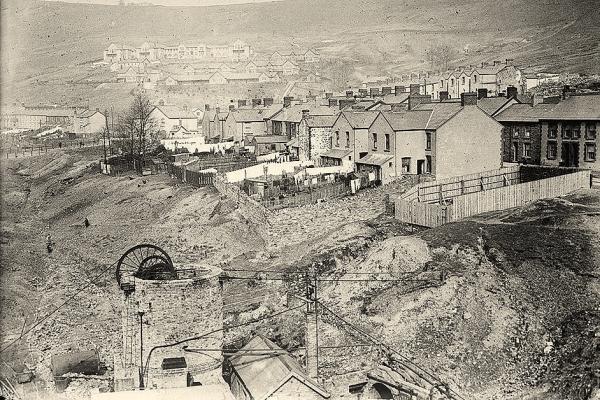
Rhondda Valley, Wales. Coal colliery & village, unchanged 20 years later when Paul Robeson visited the valley.
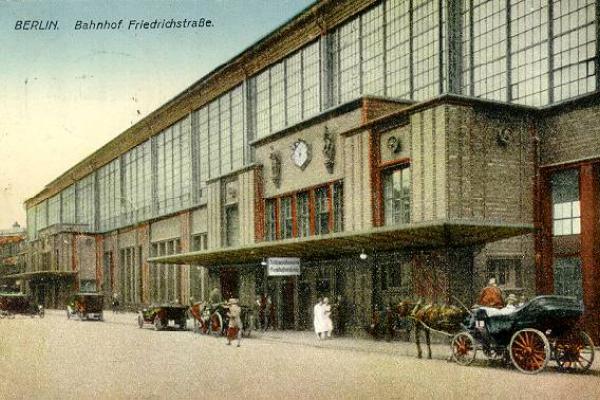
Enroute to Moscow in 1934, the Robesons passed through Berlin’s Friedrichstrasse train station, where they were accosted, and their lives were threatened by Nazi stormtroopers. The incident turned Paul fervently against fascism.
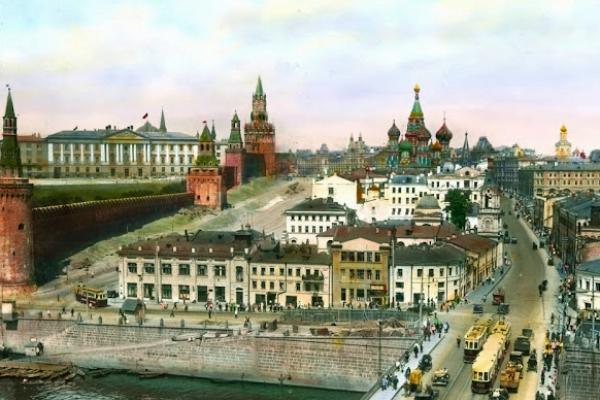
Vintage photo of Mosvkoretskaya Street and the Vasilevsky Spuk from above the Moskvoretsky Bridge, near the Kremlin. As these structures would have appeared to Paul Robeson on his visits to Moscow in the 1930s.
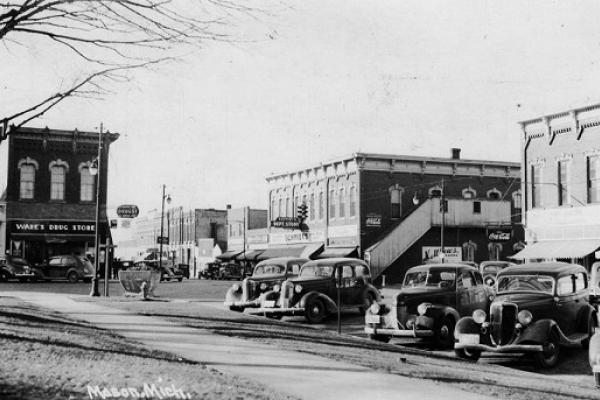
Mason, Michigan, twelve miles north of Lansing, where Malcolm resided as a ward of the state in 1939–40 following his conviction on charges of criminal activity in Lansing. He attended the local high school, where he excelled academically and socially in his first year. Upon returning to Mason from a summer spent in Boston with his half-sister Ella, he attended the high school but was drawn back into criminal activity in Lansing. At age sixteen, he left Mason permanently in 1941 to live with Ella in Boston.

Both Essie and Paul Robeson were in declining health in their later years.
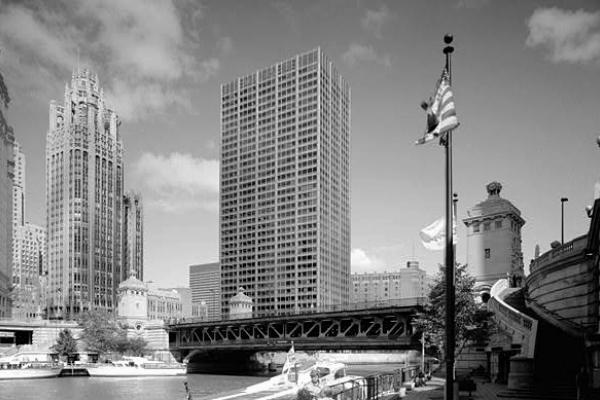
Chicago in the 1970s. Elijah Muhammad governed the Nation of Islam from his Chicago headquarters ca. 1946 until the Messenger’s death in 1975.
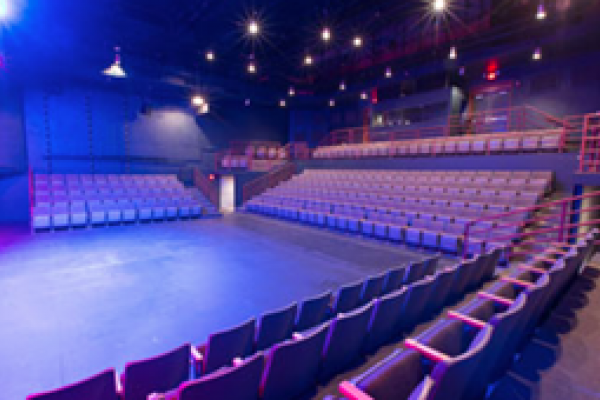
This small theater in the Annenberg Center for Performing Arts theater complex was Penn’s site for two performances of Black Bottom Sketches in April 1999.
